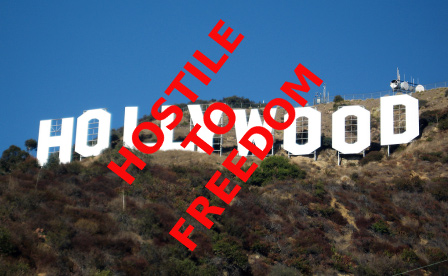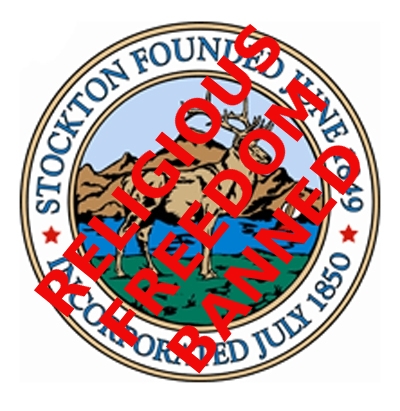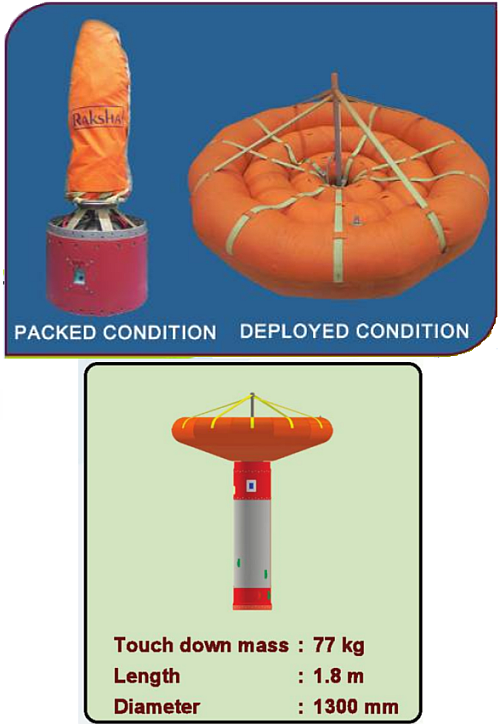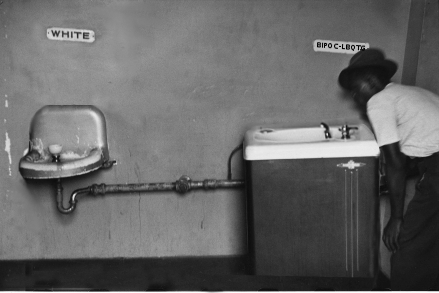FAA and NTSB sign deal dividing turf for investigating space accidents
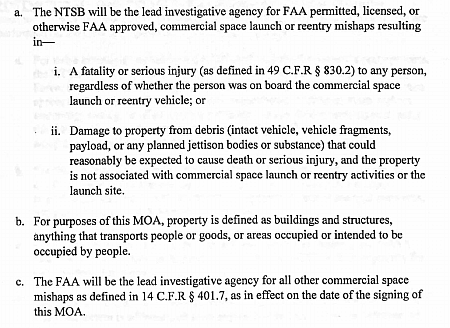
Turf war! The FAA and the National Transportation Safety Board (NTSB) yesterday signed an agreement that divides up the responsibilities for investigating accidents that occur in or by space entities.
You can read that agreement here [pdf]. A screen capture of the key clauses is to the right. Essentially, the NTSB will lead any investigation that either causes death or injury, or involves damage to property not related to the space operation itself, while the FAA will lead all other investigations.
The agreement also has a lot of clauses describing how the two agencies will work together in dividing up this turf before, during, and after investigations. Above all, the agreement now authorizes both agencies to “conduct its own analysis and determine its respective conclusions and recommendations in accordance with its authorities.”
The agreement stems from an effort by the NTSB to take over all space-related accident investigations it proposed in November 2021 that both the FAA and industry strongly opposed. This agreement however shows that the Biden administration ignored those objections in order to give the NTSB a wider range of power, while also giving bureaucrats in both agencies more power as well. Under this agreement, every space incident is now going to be investigated twice, with both the NTSB and FAA doing their own investigations.
Expect this agreement to be used by the Washington bureaucracy to slow or shut down innovation and new technology. The NTSB is designed to investigate incidents caused in the long established and robust airline industry, not developing cutting-edge experimental work. It will naturally act to discourage such experimental work.
Meanwhile, the FAA will chime in with its own investigation and analysis. The competing results will only cause confusion and disorder, thus further acting to discourage any new and risky innovations.

Turf war! The FAA and the National Transportation Safety Board (NTSB) yesterday signed an agreement that divides up the responsibilities for investigating accidents that occur in or by space entities.
You can read that agreement here [pdf]. A screen capture of the key clauses is to the right. Essentially, the NTSB will lead any investigation that either causes death or injury, or involves damage to property not related to the space operation itself, while the FAA will lead all other investigations.
The agreement also has a lot of clauses describing how the two agencies will work together in dividing up this turf before, during, and after investigations. Above all, the agreement now authorizes both agencies to “conduct its own analysis and determine its respective conclusions and recommendations in accordance with its authorities.”
The agreement stems from an effort by the NTSB to take over all space-related accident investigations it proposed in November 2021 that both the FAA and industry strongly opposed. This agreement however shows that the Biden administration ignored those objections in order to give the NTSB a wider range of power, while also giving bureaucrats in both agencies more power as well. Under this agreement, every space incident is now going to be investigated twice, with both the NTSB and FAA doing their own investigations.
Expect this agreement to be used by the Washington bureaucracy to slow or shut down innovation and new technology. The NTSB is designed to investigate incidents caused in the long established and robust airline industry, not developing cutting-edge experimental work. It will naturally act to discourage such experimental work.
Meanwhile, the FAA will chime in with its own investigation and analysis. The competing results will only cause confusion and disorder, thus further acting to discourage any new and risky innovations.


